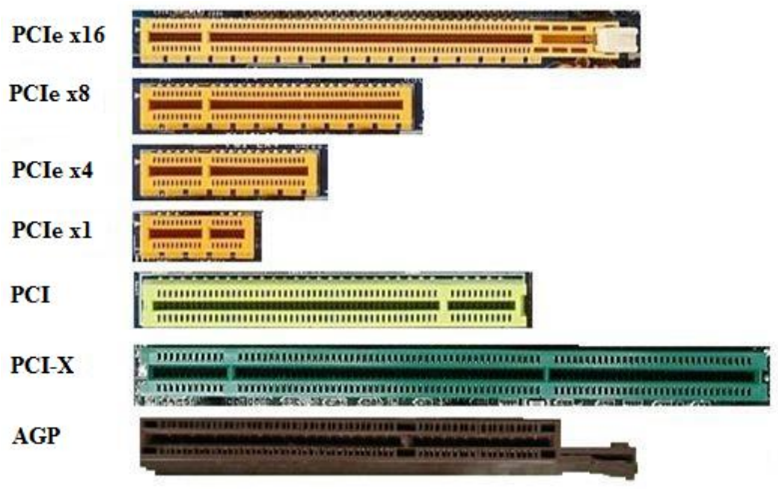Pci Express Slots Define
Short for peripheral component interconnect, PCI was introduced by Intel in 1992. The PCI bus came in both 32-bit (133 MBps) and 64-bit versions and was used to attach hardware to a computer. Although commonly used in computers from the late 1990s to the early 2000s, PCI has since been replaced with PCI Express.
On the usual terms, the PCI Express is generally used for representing the actual expansion slots that are present on the motherboard which accepts the PCIe-based expansion cards and to several types of expansion cards themselves. The earliest versions of M.2 PCI Express SSDs made use of the PCI Express Gen 2.0 x2 interface, which defines a throughput ceiling that's higher than SATA 3.0's, but not enormously so.

The specification is focused on multi-root topologies; e.g., a server blade enclosure that uses a PCI Express® Switch-based topology to connect server blades to PCI Express Devices or PCI Express to-PCI Bridges and enable the leaf Devices to be serially or simultaneously shared by one or more System Images (SI). NVM Express devices are chiefly available in the form of standard-sized PCI Express expansion cards and as 2.5-inch form-factor devices that provide a four-lane PCI Express interface through the U.2 connector (formerly known as SFF-8639).
Revisions came in 1993 to version 2.0, and in 1995 to PCI 2.1, as an expansion to the ISA bus. Unlike ISA and other earlier expansion cards, PCI follows the PnP specification and therefore did not require any jumpers or dip switches.

PCI overview
The picture below shows an example of what PCI slots look like on a motherboard. As you can see, there are three PCI slots: PCI4, PCI5, and PCI6, and a CNR slot.
Examples of PCI devices
Different Types Of Pci Slots
PCI device drivers
16x Pci Express Slot
If you are looking for PCI drivers, you most likely need to download them for a specific PCI device. For example, if you need a PCI Ethernet adapter driver, install the drivers for the network card. See our drivers overview for a listing of drivers.
How many PCI slots are on a motherboard?
/pci-express-pcie-2625962-79f643e7768d4b8e81e2eee6cf5b02e7.png)
The number of PCI slots depend on the manufacturer and model of the motherboard. Today, very few motherboards come with any PCI with the introduction of PCI-E. Those few motherboards that do come with PCI slots have between one and three PCI slots.
How can I add a PCI card if I don't have a PCI slot?
To connect a PCI card to a computer, the computer's motherboard must have a PCI slot. As mentioned above, some of today's computers no longer come with a PCI expansion slot. If your motherboard does not have a PCI expansion slot, we recommend getting a more modern card that's supported by the motherboard.
Related pages

Pci Express Slot Pics
Computer acronyms, Expansion slot, Hardware terms, Mini PCI, Motherboard terms, PCI-X, PIIX, PXI